The fastest waiting time for customers to receive a Japanese e-visa is after 5 working days when Japan applies a new policy for Vietnamese group guests.
The Japanese Embassy in Vietnam confirmed to VnExpress this morning that Japan has decided to issue e-visas to Vietnamese group visitors within the shortest time of 5 working days from the date the application is received, without any additional requests.
"The date of application submission is the standard date to calculate the number of days required, and only the travel agency and the Japanese embassy in Vietnam know. Therefore, we do not widely announce the 5 working days on the website," the Japanese side confirmed.

Vietnamese tourists admire yellow and red leaves in Japan at the end of October. Photo: Tran Anh Tuan
Japan has applied e-visa to Vietnamese tourists traveling in groups since November 1st and only travel companies on the list of authorized agents and designated companies (published on the Japanese embassy's website) can apply. Study abroad consulting companies, companies sending trainees, and organizations applying for e-visas for their staff will apply through authorized agents instead of directly.
Ms. Vu Bich Hue, Head of Communications at Flamingo Redtours, one of the authorized companies, said that issuing e-visas for package tours will bring convenience and shorten the visa processing time for tourists. "Good tour prices, packages starting from only VND18,900,000, diverse products plus simple visa procedures will be the ideal time for tourists to visit Japan."
The Japan National Tourism Organization in Vietnam (JNTO) said that in the first three quarters of the year, Japan welcomed more than 17 million international visitors, equal to 72% compared to the same period in 2019. Nearly 440,000 Vietnamese visitors visited Japan in the first nine months of the year, up 17% over the same period in 2019 and ranked in the top 7 largest markets sending visitors to this country. The remaining 6 markets include South Korea, mainland China, Taiwan, the US, Hong Kong, and Thailand. In the opposite direction, Japan is the 5th largest market sending visitors to Vietnam, after South Korea, mainland China, the US and Taiwan, according to the National Tourism Administration.

Autumn in Japan. Photo: Nguyen Minh Ngoc
According to Mr. Nguyen Van Dung, Director of Asia Gate Travel, a company with 10 years of experience in the Japanese tour market in Hanoi, Vietnamese tourists have two advantages after the e-visa policy is applied: shorter visa waiting time and no need to submit original passports. Not having to submit original passports helps tourists who apply for visas to many places at the same time or are traveling abroad can still submit their applications. "Tourists only need to scan their passports," said Mr. Dung.
The e-visa policy also helps travel companies "extend tour sales time" and attract more customers. Paper visas take 9-10 days to process. If the tour departs on November 20, travel companies must stop accepting tours from November 8-9 to have time to apply for visas. With the shortest e-visa issuance time of 5 days, travel companies can still accept customers until November 13-14.
Vnexpress.net


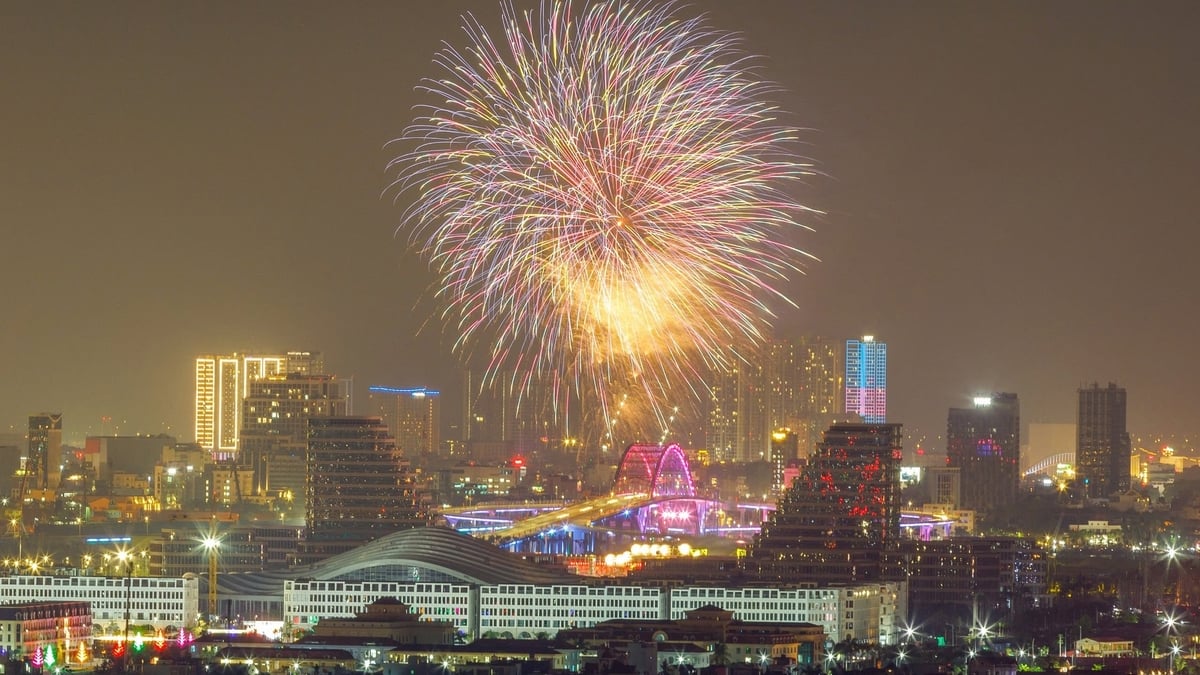
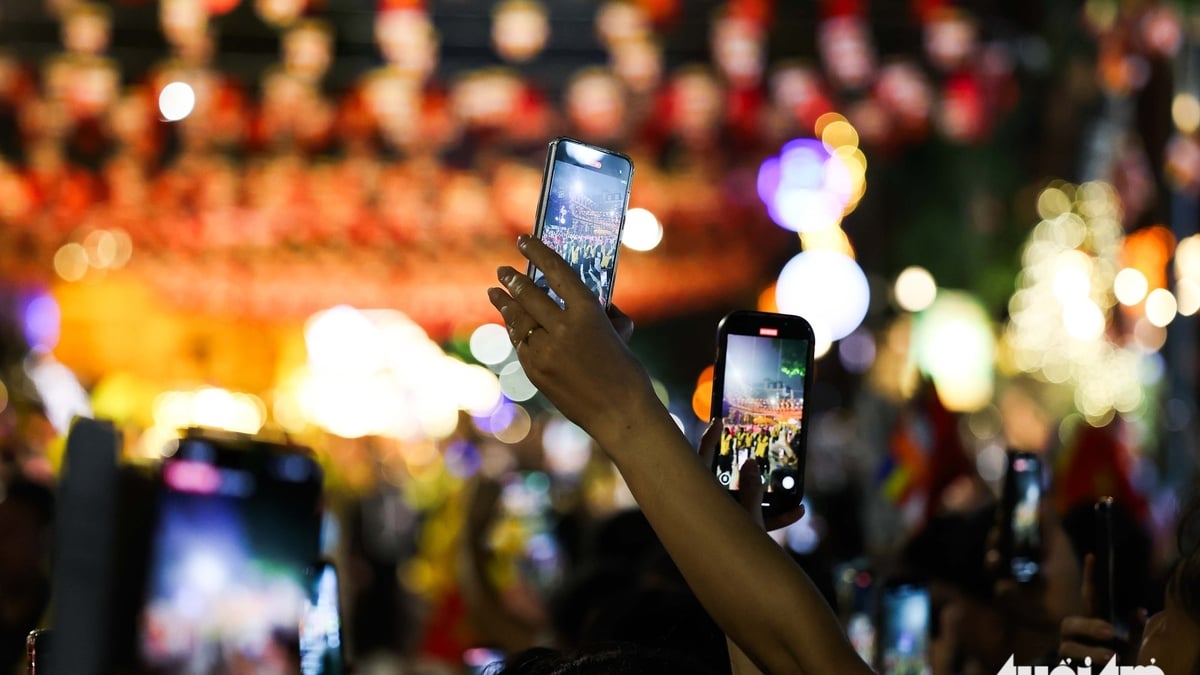
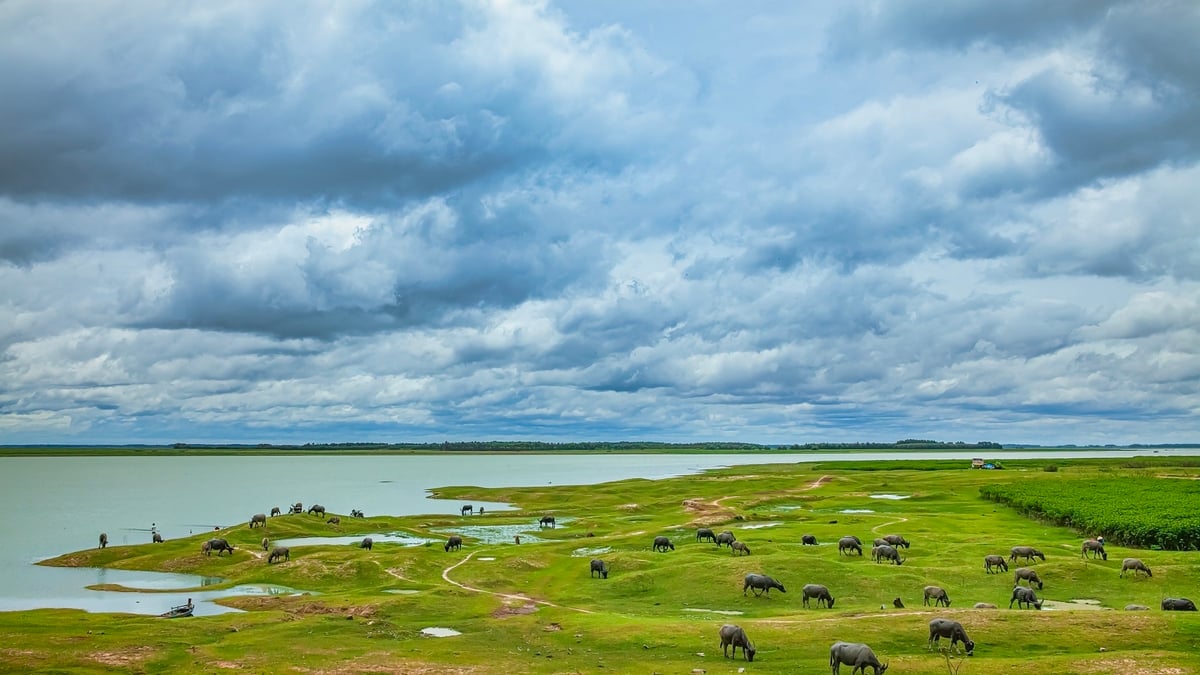
![[Photo] Prime Minister Pham Minh Chinh chairs conference on anti-smuggling, trade fraud, and counterfeit goods](https://vphoto.vietnam.vn/thumb/1200x675/vietnam/resource/IMAGE/2025/5/14/6cd67667e99e4248b7d4f587fd21e37c)

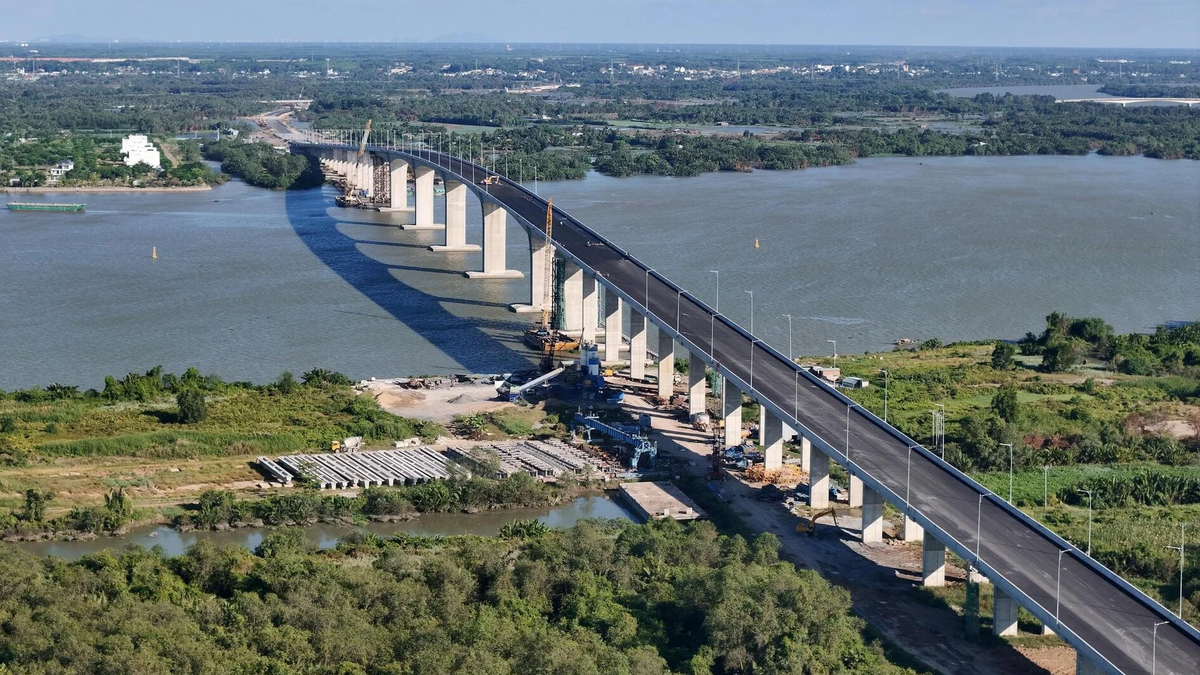




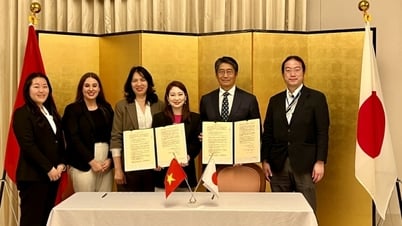

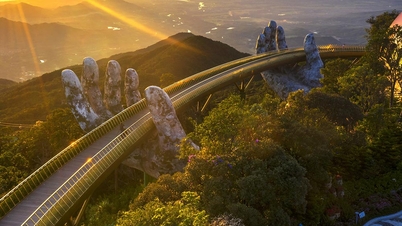





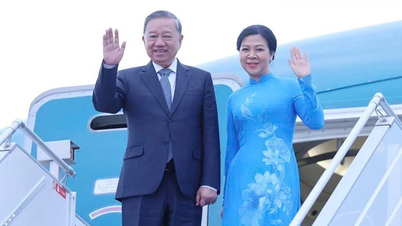

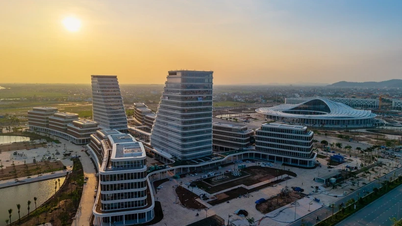
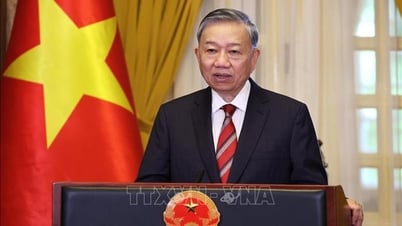
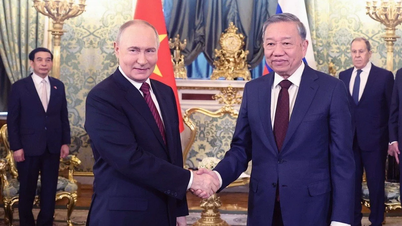
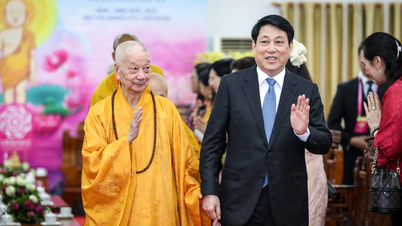










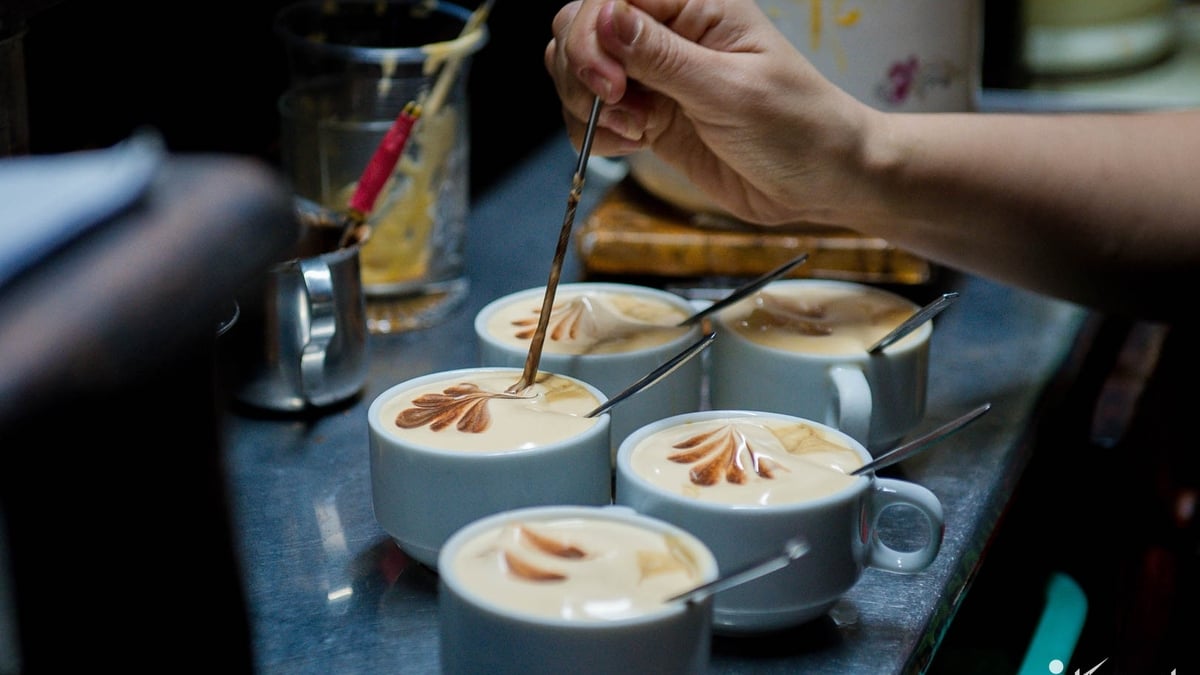




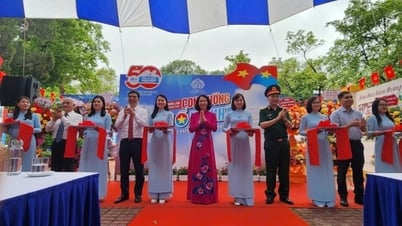

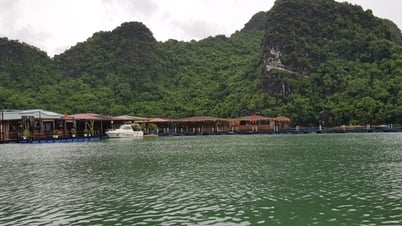



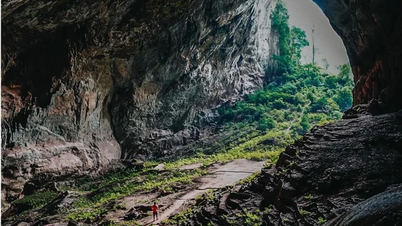


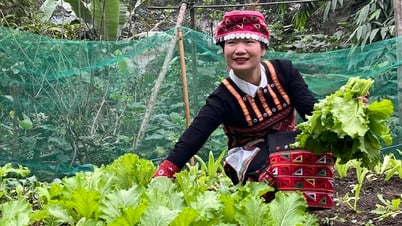
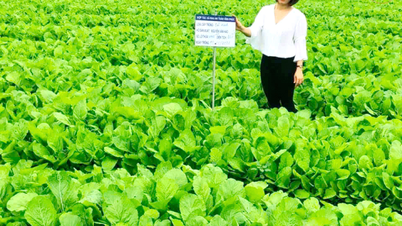

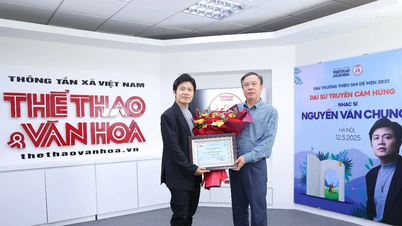

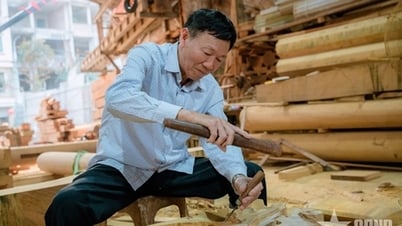

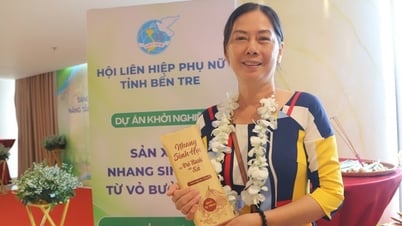

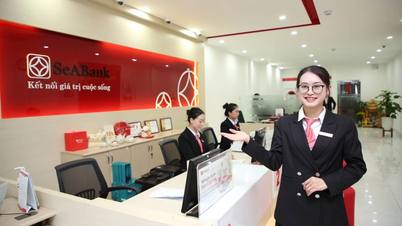

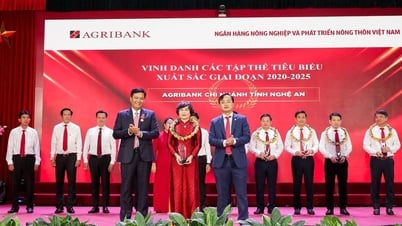




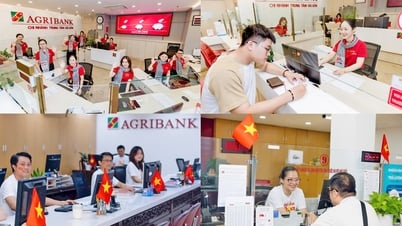
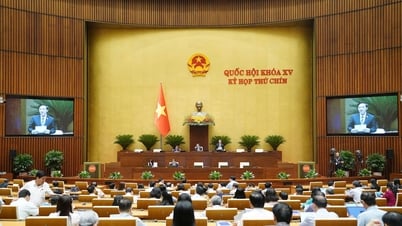



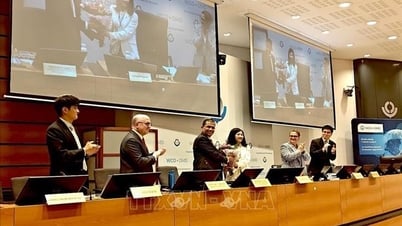


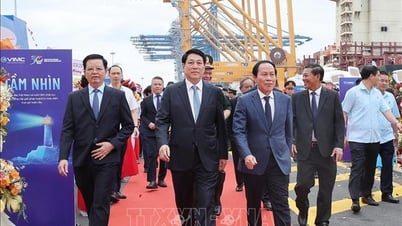


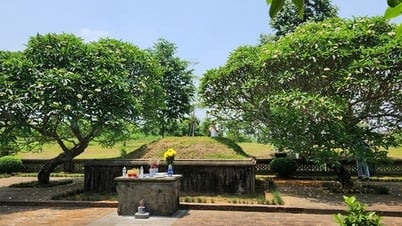

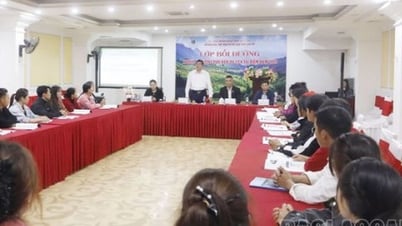
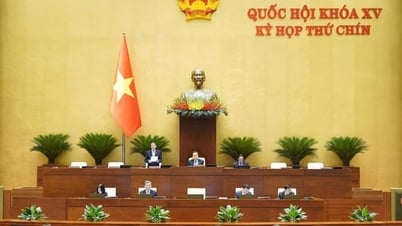



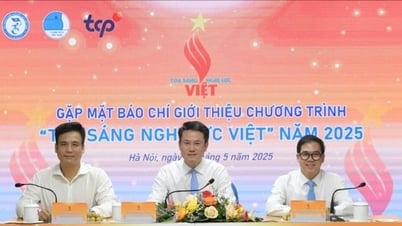

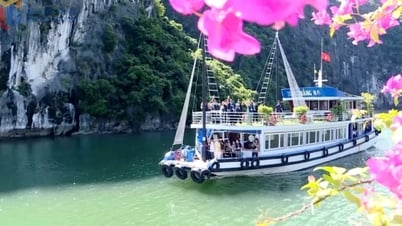



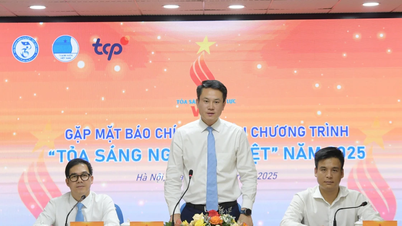
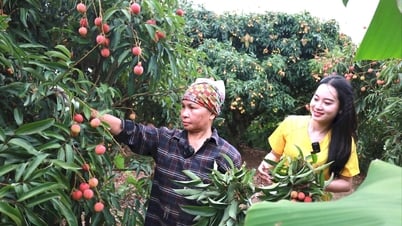

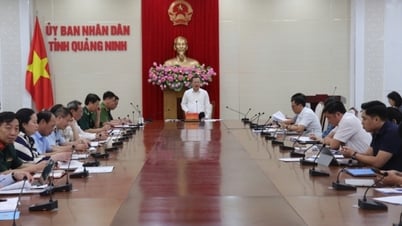


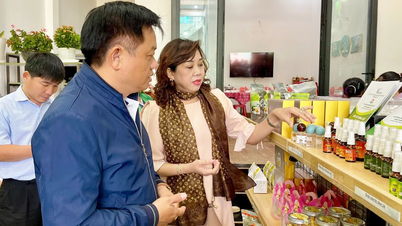

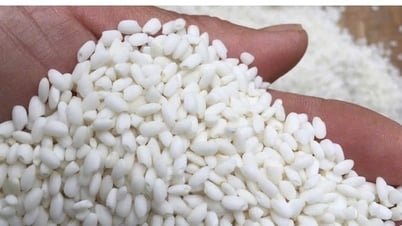
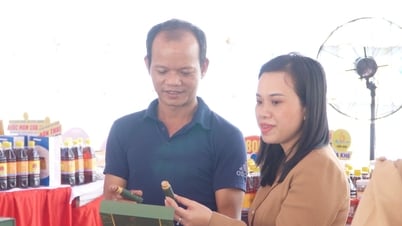

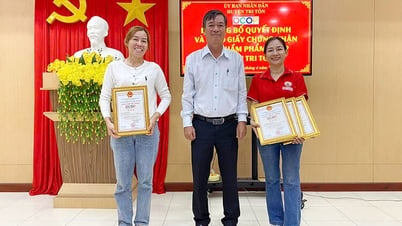

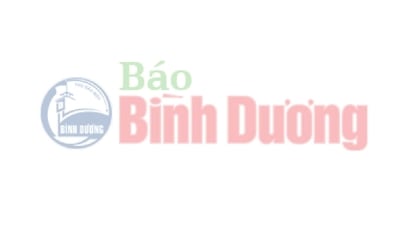

Comment (0)